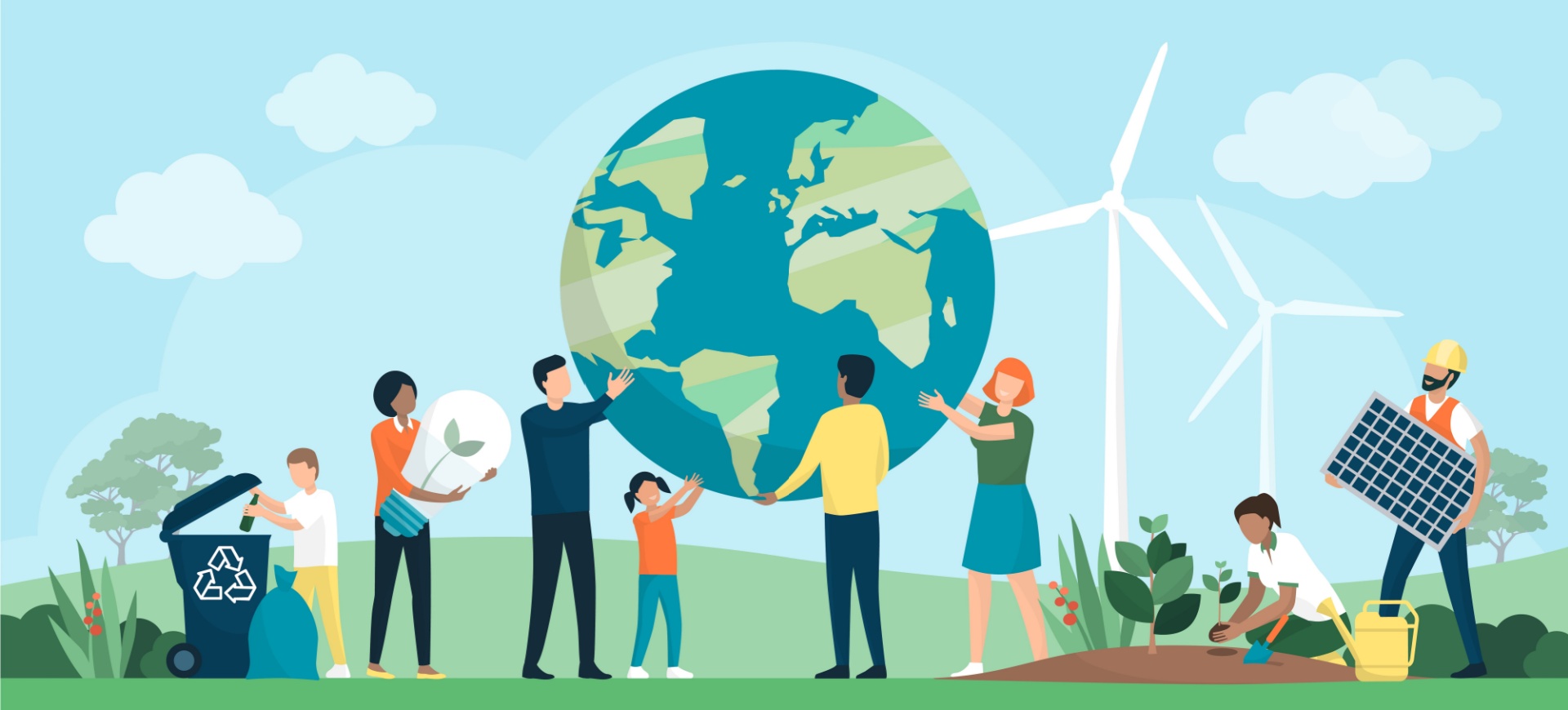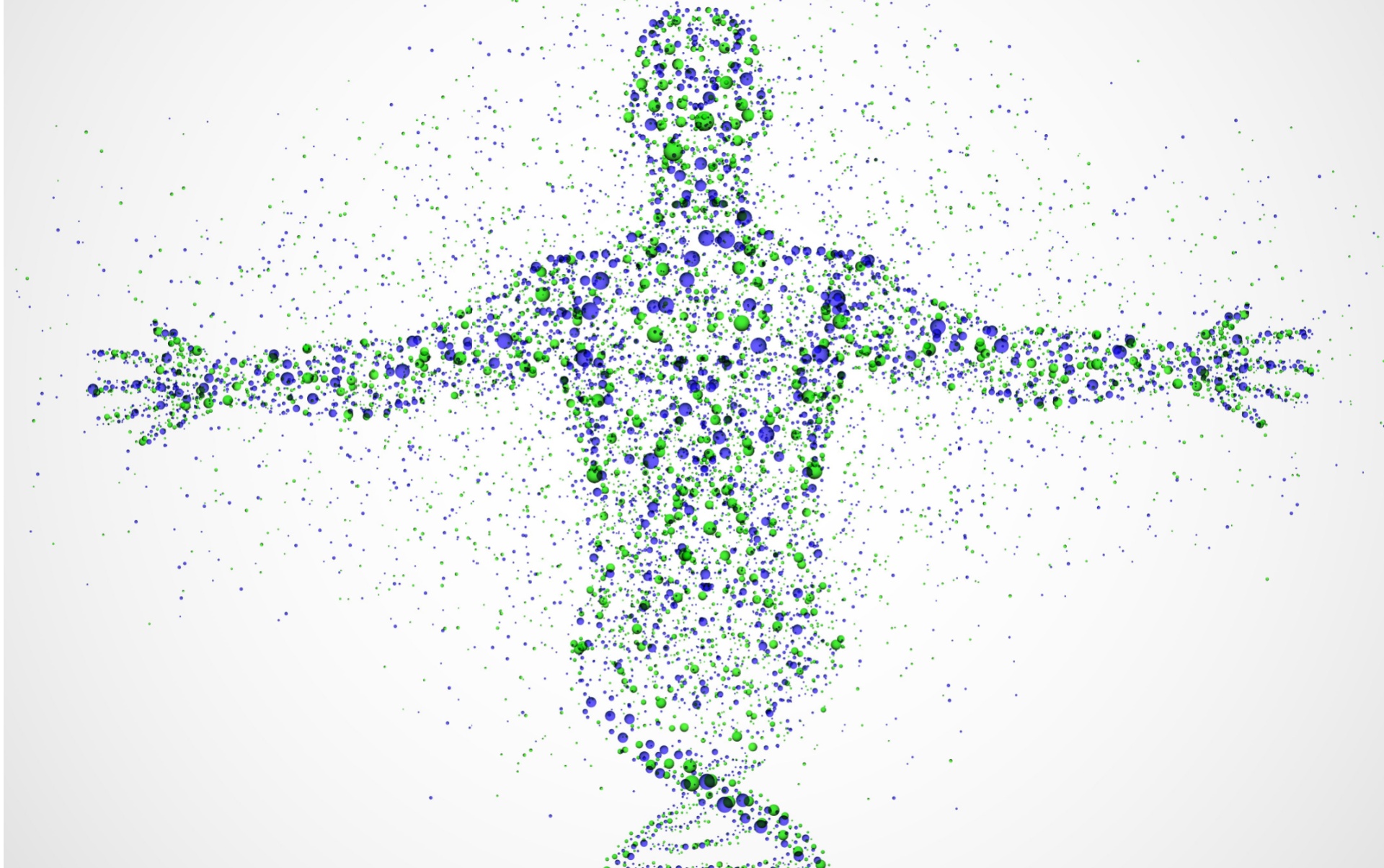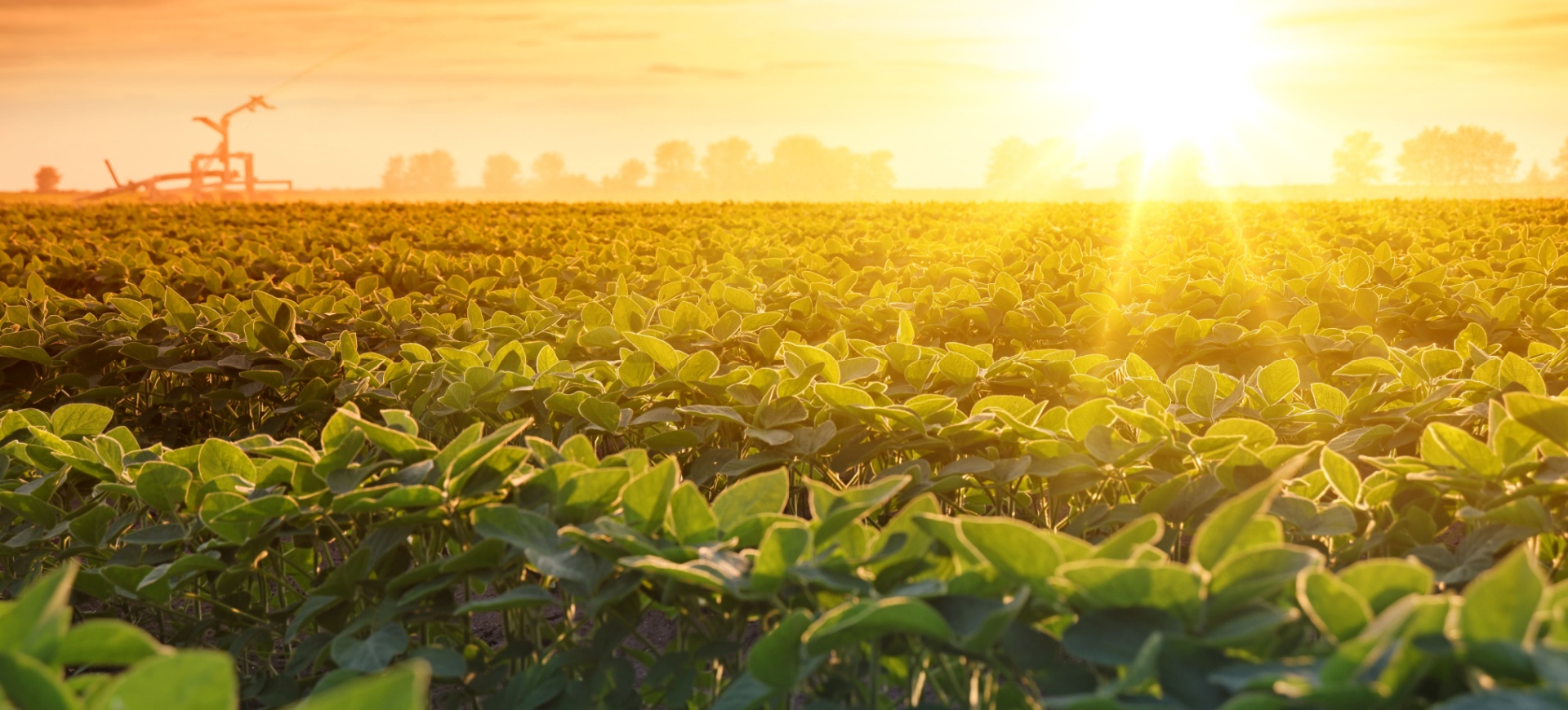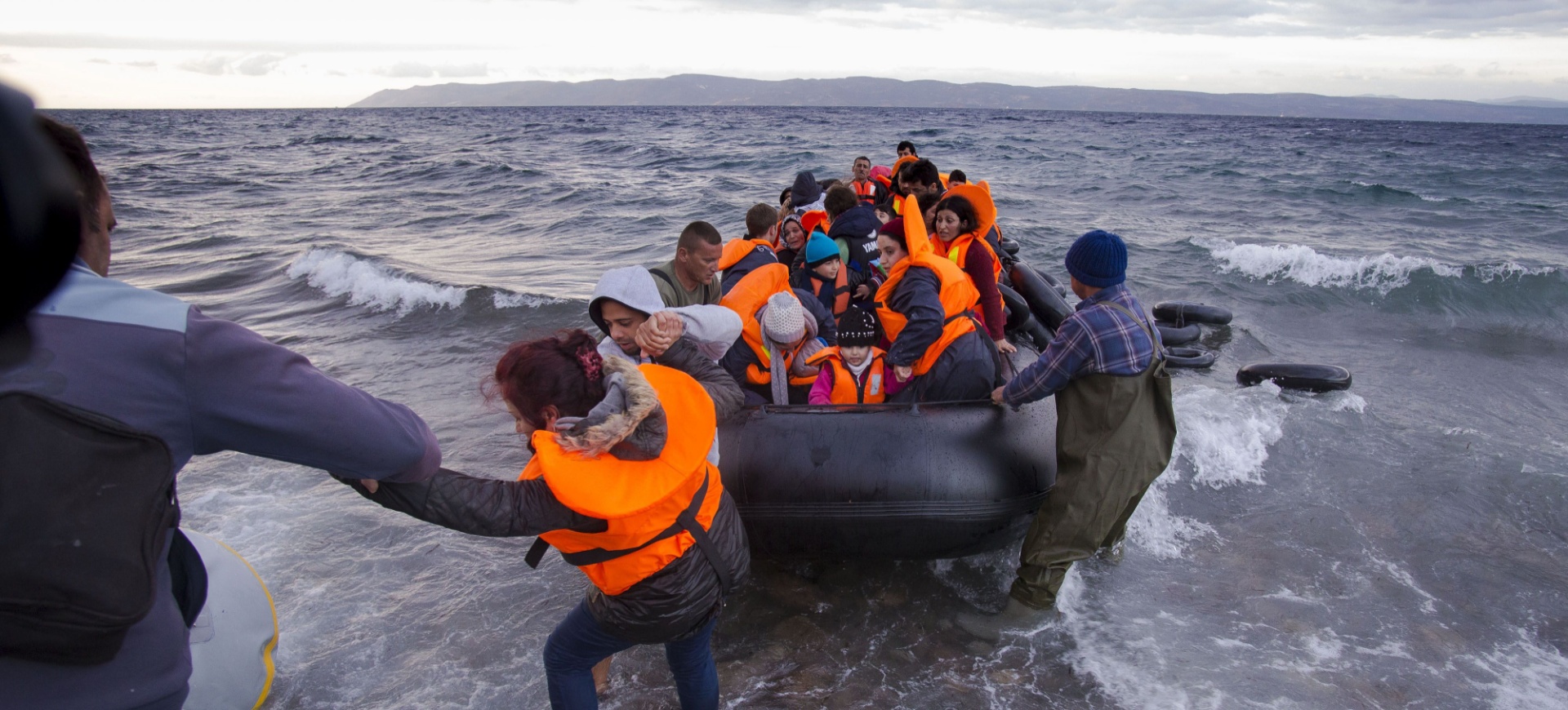Actions on nature require actions on economy and society
As the world teeters on the edge of breaching critical thresholds in the global climate, there are three clear areas of action required to bridge the achievement gap for international targets
The world is on the cusp of crossing critical thresholds in the global climate, with 1.5°C warming, and biodiversity loss, with fewer than 50% land surfaces biotically intact – interwoven with the first global pandemic in modern times, escalating nationalist conflicts, and the unknown promise and threats of artificial intelligence, among other factors. In 2021 the G7 science academies, citing the Intergovernmental Science-Policy Platform on Biodiversity and Ecosystem Services, called on “G7 nations to integrate the multiple values of biodiversity into decision-making, and to pursue cross-sectoral solutions that address the biodiversity, climate and other linked crises in a coordinated manner”. Three ongoing assessments from IPBES – on nexus interlinkages and on transformative change (both due in December 2024), and on business reliance and impacts on biodiversity (due in December 2025) – respond to this call, and will advance guidance on concrete actions and pathways. But action must not wait. Foundations being laid today can be strengthened and expanded, to enable further solutions and seed transformation.
Balancing nature, economy and society
The Kunming-Montreal Global Biodiversity Framework, like the Sustainable Development Goals, expresses “stretch ambition” to inspire action at the scale needed. But countries face the dual challenges of investing in tangible, incremental steps in the right directions, while striving for transformative pathways to deliver the scale of impacts needed.
Three broad areas of action are needed to bridge the achievement gap for global targets: first, the necessity of actively conserving and sustaining natural systems as well as their benefits and importance to people; second, a precondition of reversing the drivers of decline, without which success will be compromised – perhaps catastrophically; and third, the imperative to achieve equity and fairness among all people, present and future. These correspond with the principles underpinning the sustainable development paradigm, offering a translation mechanism to support coherent and aligned action among countries and global society, and the potential transformation of commitments to the levels needed by 2030.
With a focus on benefits from nature to people, the sustainable development paradigm is about interactions among nature, economy and society, with benefits flowing up the stack and drivers flowing down the stack (see figure 1). Reframing those three actions according to this nature-economy-society heuristic can provide clear guidance for their implementation.

Actions on nature
Conservation and restoration actions are essential to slow and minimise biodiversity loss, and to halt decline. But evidence shows that without broader changes those actions are insufficient to achieve the goal of improving the state of biodiversity globally. Required actions on economy and society are incorporated in the Global Biodiversity Framework, but political deadlock, siloed approaches and vested interests raise nearly insurmountable barriers to success.
Actions on the economy
The direct drivers of nature’s decline are delivered through economies, and are generally increasing. The IPBES Global Assessment showed that habitat conversion, over-exploitation, pollution and invasive alien species are increasing. Climate change, the fifth and increasingly dominant driver, is itself driven by the thirst for energy to fuel economic growth, through the use of fossil fuels. The dominant economic and financial systems reward minimising or discounting costs of inputs from nature – and outputs back to it – to maximise the conversion of natural assets into financial assets. Wealth grows faster than the global population, and inequalities in its distribution are increasing, among and within countries (see figures 2 and 3). Current market systems strongly disincentivise investment that halts and reverses growth. Changing these factors requires action by the dominant economic countries and private actors, by multilateral organisations such as the World Trade Organization, and by sectoral entities such as those in food, water and energy.


Actions on society
The values and behaviour that underpin the institutions and decisions in society determine what is incentivised in the links among nature, economy and society. The dominant value system maximises material flow and profit, and the fungibility of the final repository of wealth – financial assets – incentivises the accumulation and concentration of that wealth. By accommodating a plurality of values, and understanding we must not exceed (and in some cases must return within) certain planetary boundaries, actors can rebalance the flows among nature, economy and society, and thus achieve greater equity.
Action now
As the leading economies globally, G7 members control the levers that will enable the necessary economic and societal actions (see table 1). The time is now to leverage all trade, economic and political resources necessary to enable achievement of the SDGs, the Paris Agreement and the Global Biodiversity Framework by 2030.












